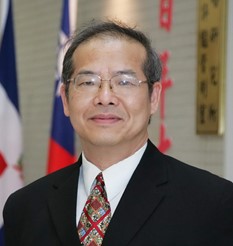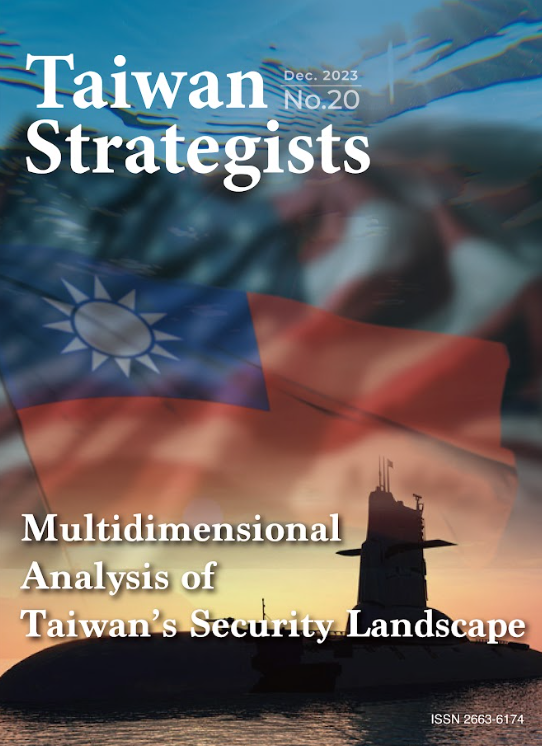Taiwan Strategists No. 20
The Development of Taiwan’s Asymmetric Combat Capabilities: A Case Study of the IDS and Military Interactions Between the U.S. and Taiwan
Ming-Shih Shen
Director, Division of National Security Research, INDSR
Abstract
The completion of Taiwan’s indigenous submarine is a milestone for Taiwan’s national defense development, even though some commentators have argued that the submarine does not meet the definition of asymmetric combat capabilities. Faced with the threat of China’s powerful military, Taiwan has no room for normal symmetrical operations. If there is an opportunity, it should use traditional weapons systems in an asymmetrical fashion. Through the assistance of the United States and its allies, Taiwan can restart the direction of submarine development and enhance national defense and the economic benefits to its defense industry. As China continues to surround Taiwan with military aircraft and navy vessels, the completion of Taiwan’s indigenous submarines can not only break through a blockade by China, but also unite efforts by the United States, Japan, and other countries to flank Chinese ships passing through important waterways. Nevertheless, Taiwan should not develop weapons systems that can only be used in asymmetric operations. Instead, it must consider how to counter gray zone operations, military coercion, and aggression from China, and develop a complete set of combat strategies and weapons systems.
Keywords: Asymmetric, IDS, U.S.-Taiwan Interactions, Defense Policy, Taiwan Defense
Economic Security: Taiwan’s Role in New Global Supply Chains
Guo-Chen Wang
Assistant Research Fellow, The First Research Division,
Chung-Hua Institution for Economic Research
Abstract
In recent years, the international political and economic situation has undergone rapid changes, yet Taiwan’s economy has demonstrated remarkable resilience. The pivotal factors contributing to Taiwan’s stable economic growth are its close investments and trade ties with economic partners, positioning Taiwan deeply within the global value chain. Empirical results indicate that Taiwan’s total contribution to the U.S., Japan, Canada, and the European Union is 10.2%, with a direct contribution of 0.4%, and the indirect contribution through Vietnam, China, Indonesia, and Thailand amounting to 9.8%. Notably, in 2022, Taiwan had 290 export products that ranked among the world’s top 20. In other words, besides its strength in the ICT industry, Taiwan also excels in other manufacturing sectors, clearly occupying an irreplaceable position in the global industrial chain. Looking ahead, international economic and trade dynamics are shifting from economic efficiency to economic security and resilience, highlighting the increasing importance of Taiwan in terms of democracy and market economy.
Keywords: Taiwan’s Economic, Taiwan’s Trade, New Global Supply Chains, China, Economic Coercion
China’s Cognitive Warfare Against Taiwan and Taiwan’s Countermeasures
Ying-Yu Lin
Assistant Professor
Graduate Institute of International Affairs and Strategic Studies,
Tamkang University
Abstract
As early as December 2003, China, based on lessons learned from the Iraq War earlier that year, formally launched the concept of public opinion warfare, psychological warfare, and legal warfare. In 2014, the People’s Liberation Army (PLA) went one step further and came up with the concept of “mind superiority,” a Chinese term which means literally “brain control power.” It was set to be used in operations against Taiwan. The most recent digital public opinion warfare tactics against Taiwan, combining disinformation with applications of information technology, are concrete examples of this concept being put into practice. This paper discusses the subject from the perspective of cognitive warfare as it is commonly known. It includes an analysis of relevant cases to identify the PLA’s new moves and its customary tactics, and seeks to provide a reference for Taiwan in the development of countermeasures against the PLA.
Keywords: Disinformation, Cognitive Warfare, China Three Warfare, Fake News, Taiwan Security




